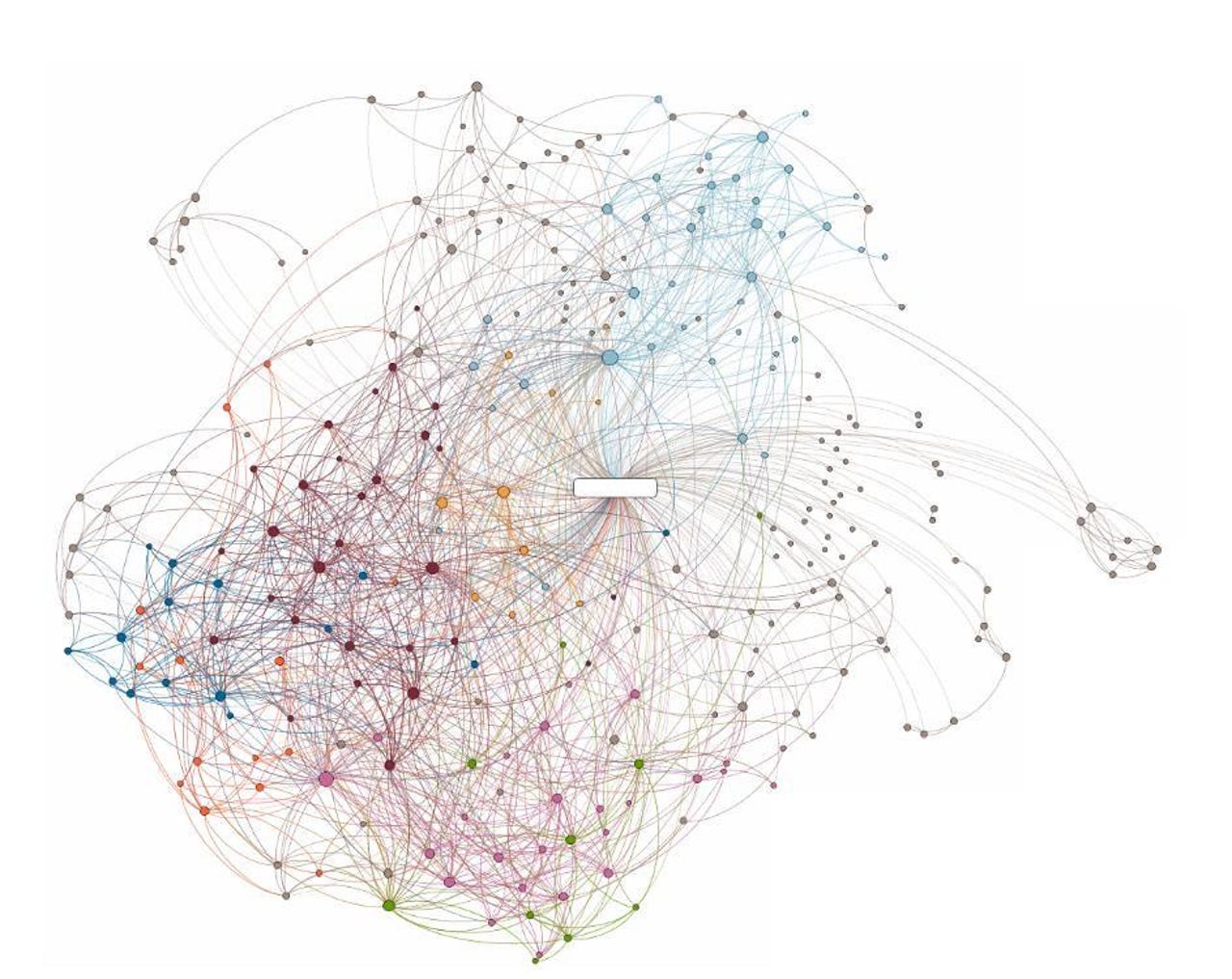Social networks shed light on how genomes are organized


Did you know that DNA and proteins are interconnected into communities within the nuclei of cells? It's true, and now computational biologists at Carnegie Mellon University have taken an algorithm used to study social networks, such as Facebook communities, and adapted it to understanding this most fundamental of biological processes.
The research underscores just how much mystery remains in the quest to understand how complex living beings function. Scientists have come to appreciate that DNA, proteins, and other components within the nucleus appear to form structurally and functionally important communities, but the behavior and structures of these communities has long been perplexing.
According to Jian Ma, associate professor in CMU's Computational Biology Department, unraveling this mystery may prove key to understanding basic cellular processes and disease mechanisms, such as aging and cancer development.
What's known is that the proximity of genes and proteins plays an important role in expression. It's also becoming clear that the way DNA folds and packages genes has a lot in common with relationships that form in Facebook communities. That insight led CMU researchers Dechao Tian and Ruochi Zhang to develop a new algorithm called MOCHI that subdivides the interwoven nuclear components into communities to better understand how they interoperate.
MOCHI was inspired by the work of computer scientist Jure Leskovec, who specializes in the analysis of large social and information networks. The algorithm analyzes the spatial relationships of all the genes in a nucleus. When applied to different cell types, MOCHI identified what appear to be hundreds of communities within the nuclei of these cell types.
The insights may one day make it easier for researchers to understand what each DNA community might do. Much more work remains to identify the function and behavior of each of these communities, Ma said, but the MOCHI algorithm gives researchers a starting point for study.
"There's a reason why these communities are formed in the nucleus," he said. "We just don't know the formation mechanisms of these communities yet."
In addition to Ma, Tian and Zhang, authors a new paper based on this research include Yang Zhang and Xiaopeng Zhu, a research associate and a project scientist, respectively, in the Computational Biology Department. The National Institutes of Health, including its 4D Nucleome Program, and the National Science Foundation supported the work.